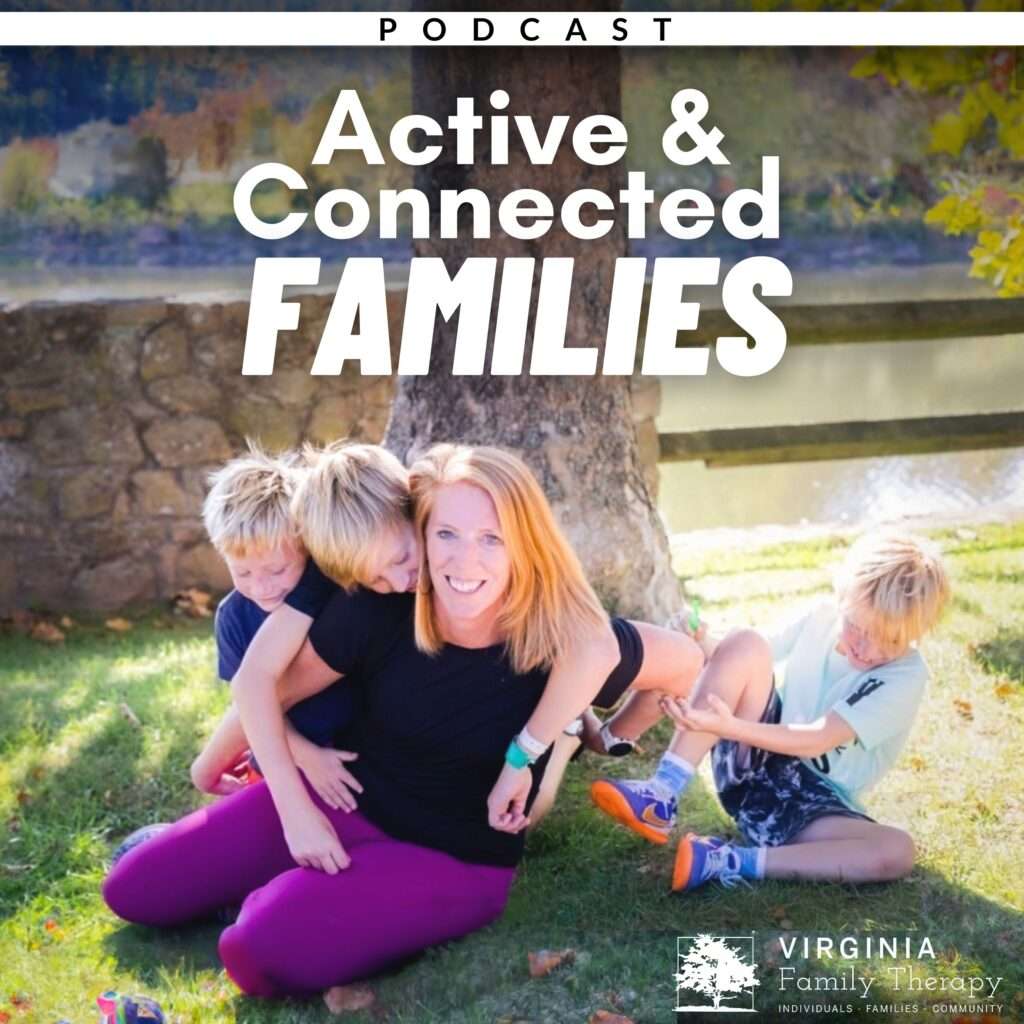When your child has a meltdown, whether it’s over brushing their teeth, taking a shower, or doing homework, your instinct is probably to fix it. You want to calm them down, stop the crying, make the feelings go away. But is that really how we raise emotionally healthy kids?
What if your child doesn’t need you to fix anything at all?
What if what they really need is for you to stay close, breathe, and let them feel?
Let’s explore what it actually means to raise emotionally healthy kids, and why so many of us were never taught how to do this.
Why We Try to Fix Our Kids’ Feelings
If you grew up in the 1980s or 1990s, you probably remember being told, “You’re fine,” “Stop crying,” or “Go to your room until you calm down.” Most of us learned early on that big emotions made adults feel uncomfortable.
So when your child collapses in a full-body flop on the floor, that same discomfort kicks in. A quiet voice inside says, Make it stop. This isn’t safe.
This is also called our “shark music”: the background anxiety that starts playing in our minds when emotions feel threatening. It’s not about our kids at all; it’s about the old wiring in us.
Recognizing your shark music is the first step toward changing it. When you pause instead of reacting, you teach your child something powerful: feelings are safe, and love doesn’t disappear when things get hard.
The Power of Co-Regulation
So what do you do when your child has a meltdown or is showing big emotions?
You co-regulate, meaning that you stay calm while your child’s emotions surge, helping their nervous system settle by modeling calm instead of control. It’s less about saying the perfect thing and more about offering presence:
“Wow, I can tell this feels really hard right now.”
By allowing feelings to exist, without punishment, shame, or distraction, you help your child learn emotion regulation from the inside out. Over time, they internalize your calm voice and begin to calm themselves.
Breaking the “Good Kid” Cycle
Many parents worry that validating emotions will create entitled or disrespectful kids. In reality, the opposite is true. Children who are punished or dismissed for their emotions learn to suppress them, and those feelings often come out later as perfectionism, people-pleasing, or explosive anger.
There’s a famous quote from Dr. Ross W. Greene: “Kids do well when they can.”
It’s true. When your child resists or lashes out, it’s not defiance. It’s a signal that something feels hard. Meeting that signal with empathy builds resilience far more effectively than any lecture ever could.
Practical Ways to Respond in the Moment
When big emotions show up for your kid:
- Pause first. Take a breath before saying anything.
- Acknowledge the feeling. Try “You really don’t want to do this right now” instead of “Stop acting like that.”
- Offer choices when possible. (“Do you want to shower now or in five minutes?”)
- Stay steady. Keep your voice calm, your movements slow. Your tone does more than your words.
- Save teaching for later. Kids can’t learn new skills when they’re dysregulated. Once everyone’s calm, revisit the moment together and brainstorm new strategies, especially with older kids.
It’s not about getting it right every time. I’m right there with you in figuring this out as I go. It’s about modeling recovery, repair, and unconditional connection.
Why This Matters in Raising Emotionally Healthy Kids
Raising emotionally healthy kids doesn’t mean avoiding conflict or keeping everyone happy. On the contrary! It means helping your child learn that emotions aren’t dangerous, that they can survive big feelings, and that they’re never alone while doing it.
Every time you choose presence over punishment, you’re rewiring generations of parenting.
You’re teaching your child, and yourself, that love can hold space for the whole range of human emotion.
More on How to Raise Emotionally Healthy Kids
Listen to the full conversation on our podcast Active & Connected Families:
🎧 How to Raise Emotionally Healthy Kids (and Stop Fixing Your Kid’s Feelings) with Hilary Mandzik, Psy.D.

